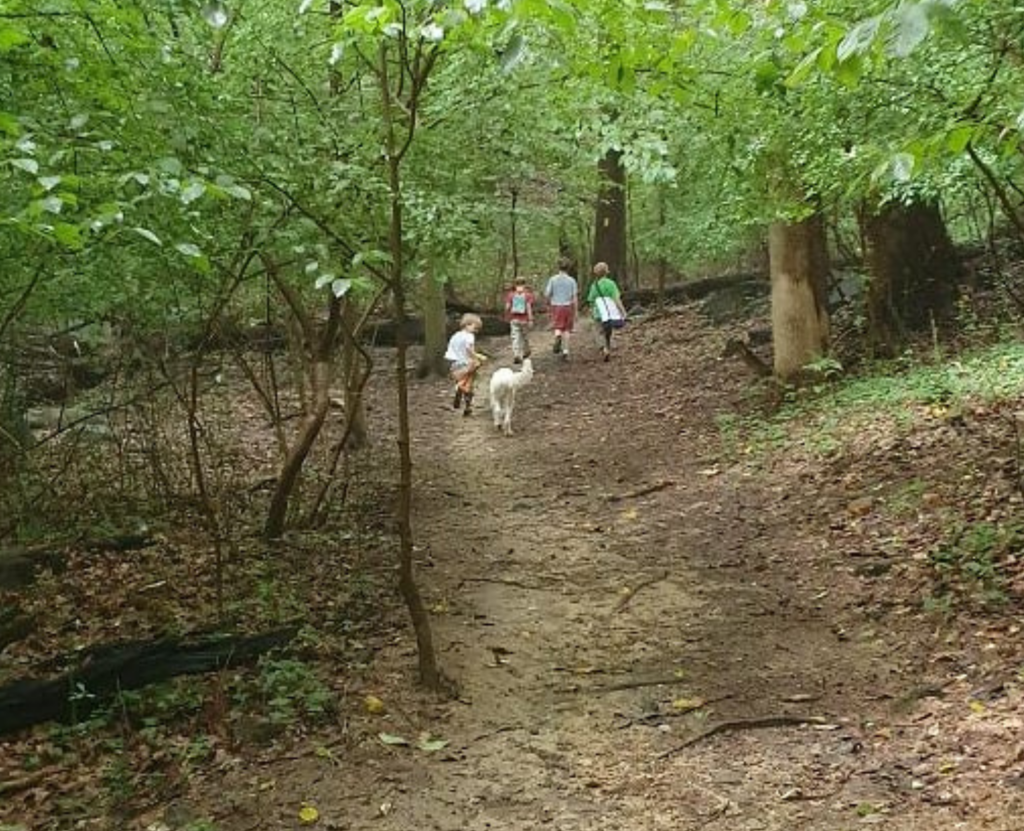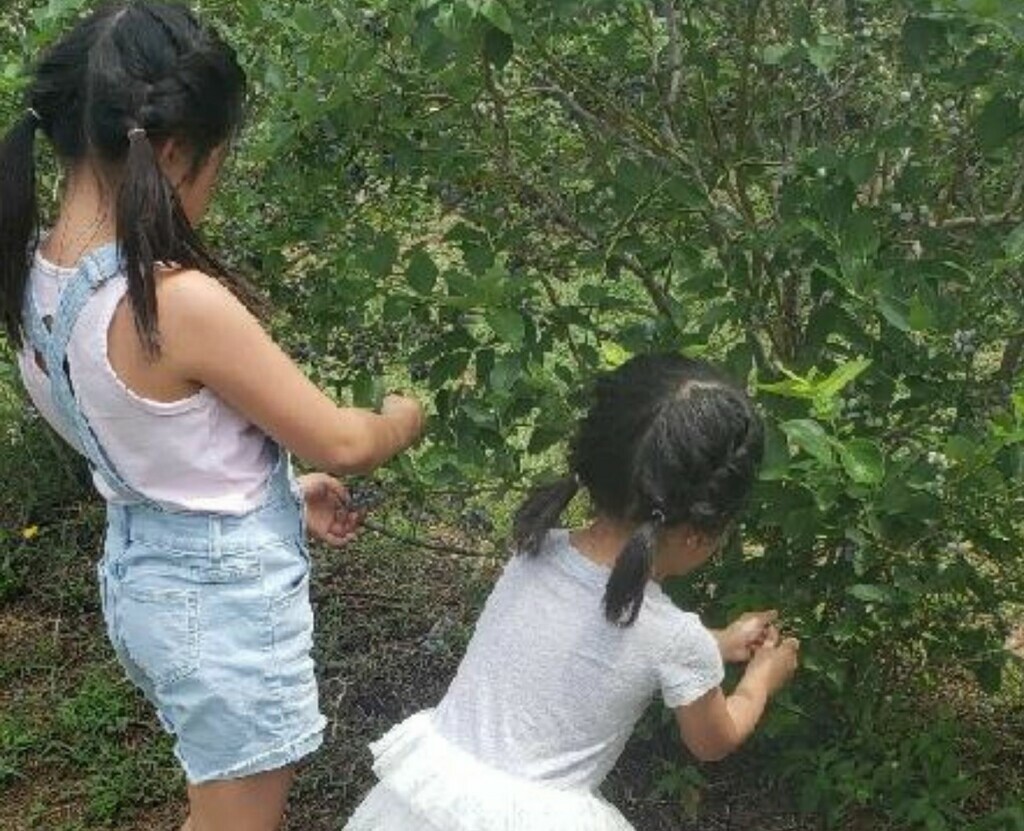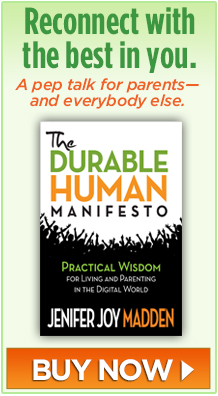
There is lots you can do at home to help your child succeed in online school and be healthier and happier overall.
First, 8-year-old Emma changed her name to “Kitty” in the midst of a Zoom session. Another time, she tried to make her classmates laugh by showing them her bare foot. Fiddling with a glue bottle while her teacher was talking was apparently the last straw.
“We just want it to be a successful year for everyone,” the teacher said in a phone call home. The words she spoke were soothing, but her tone said otherwise. “You could hear she was upset,” recalls Emma’s mom, who herself was assigned homework. The teacher told her to clear off Emma’s desk so there’d be no further distractions.
All that in the first week of school for a kid who used her small summer allowance to pay for a math game subscription.
~~~
Last spring’s rush to online learning was understandably rife with problems. “For most, remote teaching did not work well,” contends David McKinnon, Professor of Neurobiology and Behavior at Stony Brook University in a presentation by Children and Screens. “Kids gained little or nothing, or regressed.” This time, schools have had more time to prepare. Still, he says, “creating a good remote learning program is a very challenging task.”
Teachers will try their hardest to give students opportunities for higher-level reasoning and independent thought along with the basics of reading, writing, and arithmetic. What may be lost for kids are the intangibles, like being able to express their feelings, move around, and build life skills. Supplementing those at home will go a long way toward keeping kids’ spirits up and their love of learning alive.
FREE EXPRESSION
An entire-class Zoom call is not the best place for individual students to spontaneously emote. Yet, all children need to express their feelings, especially now.
“I just have her go out!” Emma’s mom tells me, grateful for a shared play space behind their townhouse complex. “Even if she has a ten minute break, she’ll want to go out.” Emma is lucky because a few other kids from her school do the same thing.
“Play is an amazing activity of childhood. It is the resource kids have for coping with the world,” says Nancy Carlsson-Paige, a parenting expert with Defending the Early Years (DEY) and panelist for the Campaign for a Commercial-Free Childhood. In these very uncertain times, she says, “children provide for themselves a sense of meaning-making through play.”
Kids are born knowing how to play. Give them enough time and space and they’ll take it from there.
By the time the school day is over, most kids will have long met their quota of time on screens. The trick will then be to encourage them to find non-tech ways to build their durability, blow off steam, or just have fun.
Opportunities abound for indoor unplugged play that are either no or low cost—think a kitchen sink full of bubbles or a blob of PlayDoh. Kids can create their own world inside a big cardboard box—safely and unsupervised.
Older kids’ feelings can flow through a pen, paintbrush, or guitar string. A journal is an outlet for tortured thoughts or a place for poetry.
Be proactive and check in with your kids. “Don’t wait for them to bring it up. Ask how they’re feeling,” advised Dr. Robin Gurwitch, psychiatry professor at Duke University School of Medicine in a SciLine media briefing on COVID-19 and mental health. “That way, you can get a sense of their understanding, validate their feelings, and correct misperceptions.”
When you look in their eyes and listen closely to what they say, kids feel more safe and secure. Make sure they’ll get plenty of your face time and hugs by designating times of day (like meals and bedtime) and areas of your home where you put aside your phone and other attention-stealing gadgets.
MOVING MORE AND ONLINE SCHOOL
Before the pandemic, finding time in the school day for enough exercise was nigh impossible. It can be even harder now. 5-minute body breaks between online classes are a good start, but probably won’t add up to the hour of physical activity a child needs every day.
Laura is a former warzone nurse who now lives in Washington, D.C. with her four children. Each day she walks with them to school, even though school for them is at home.
Research shows that walking or cycling before school not only gives kids a good dose of physical activity, they focus better when they sit down to learn. For that reason, Laura hopes her idea catches on with other parents. “Pediatricians tell me they are seeing impressive pediatric weight gain,” she texted. “Before kids log on to do remote learning, they could also be ‘walking’ to school each day,”

That’s why on October 7, even in this pandemic year, a nationwide Walk to School Day will still be held. “No matter what your learning environment looks like this fall, families, neighborhoods, and schools are all invited this year,” writes the organizer, Safe Routes Partnership. “The reasons for participation remain the same, with physical activity, safety, and social connectedness rising to the top.”
A gentle nudge can also help. Preschoolers are delighted by a hopscotch court drawn in painter’s tape on the kitchen floor. Hand older kids a ball and some sidewalk chalk so they can craft 4-Square in the cul de sac or corner of a basketball court.
On weekends, families can go further afield. Emma’s parents took her and her sister blueberry picking where they got a full sensory workout and closer with nature.

Public parks can be found in cities, suburbs, and rural areas, usually with free admission. Kids forget about their worries and find true freedom when exploring winding paths. They can get extra creative in the growing number of nature playgrounds, which are stocked with straw bales and fallen trees to climb on instead of manufactured playground equipment.
Check out my tour of a great example: “Nature Playce” in suburban Washington, D.C. The videographer is family mediator Virginia Colin who also joined me for Relationship SOS, a webinar where we shared our advice from the book, Living Together, Separating, Divorcing: Surviving During a Pandemic.
SKILL-BUILDING and SOCIALIZATION
For decades now, practical classes like Home Ec and Shop have been dwindling. Yet, to be durable self-reliant adults, kids still need to know how to cook, hammer, sew, and clean.
Kids can’t help but build skills when they help out. Not only does doing chores better distribute the household workload, they can apply what they learn in school.
Preschoolers practice counting as they place clean forks back in the utensil drawer. Kids who cook learn lessons in math and chemistry, not to mention how to focus and follow directions.

Older kids exercise empathy and generosity when they read to younger siblings or organize socially-distanced community service learning, such as a neighborhood litter cleanup.
When kids are learning remotely and there are no bustling lunchrooms or in-person group projects, home can help maintain their socializing skills.
At family meals, children learn patience and civil discourse as they take turns talking and listening. Cooperation is the lesson when they clean up afterward.
When it’s time for sleep, families can read books together or the olders can again read to the littles.
Just as when the pandemic took hold, kids see parents and primary care givers as their Giant Sequoias of support. Besides being Reassurer-in-Chief, you have a 24-hour perspective on your child’s life. Posting a rudimentary schedule will make life seem more predictable, and therefore more manageable. It’s crucial, according to Washington, D.C.-based psychologist Edward Spector, to weave in time for “the holy trinity of mental health”—nutritious meals, enough exercise, and plenty of sleep.
Spector suggests sitting down with your child to come up with a varied schedule. “Categories might include a list of exercise activities, intellectual activities, social activities, artistic/creative activities, or new life skill activities,” he told Children and Screens. “The premise is that a healthy day involves choosing some activities from each category.”
MORE RESOURCES:
55 Screen-Free Nature-related Activities
DEY PDF: “Guidance for Supporting Young Children Through COVID-19”
Audrey Duck the puppet’s “I’m tired of the virus” video with ventriloquist Susan Linn
About the author: Jenifer Joy Madden is a Syracuse University adjunct professor of digital media, a certified digital wellness instructor, and founder of DurableHuman.com. She is the author of The Durable Human Manifesto: Practical Wisdom for Living and Parenting in the Digital World and How To Be a Durable Human: Revive and Thrive in the Digital Age Through the Power of Self-Design.




Your article is very useful for me. You are explaining in a Great way. Thank you for sharing this